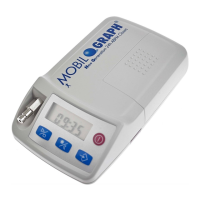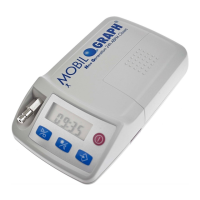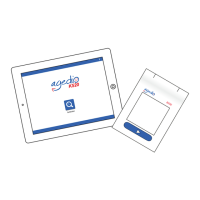What to do if my IEM Mobil-O-Graph NG Blood Pressure Monitor desired log cannot be set with the button combination?
- TTammy AverySep 15, 2025
There are still readings from the last patient in the memory. Delete the data in the blood pressure monitor but make sure that the data has been saved.





